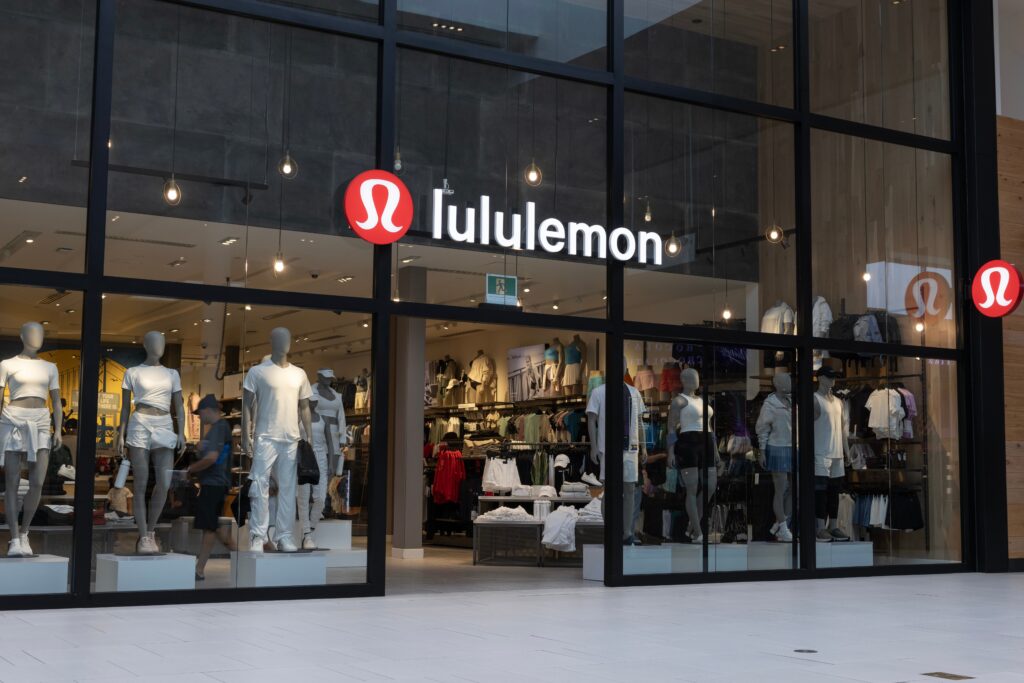The S&P 500 and Nasdaq closed at record highs on Friday, driven by positive forecasts from Lululemon Athletica and other companies. U.S. jobs data also supported expectations that the Federal Reserve would cut interest rates this month. However, the Dow finished lower due to a drop in UnitedHealth Group shares.
Lululemon and Other Companies Boost Consumer Discretionary Stocks
The S&P 500 consumer discretionary index rose 2.4%, reaching an all-time closing high. Lululemon played a key role, with its shares jumping 15.9% after the company raised its full-year forecasts. Cosmetics retailer Ulta Beauty also saw a 9% increase in its stock after it raised its annual profit forecast.
The Labor Department’s report showed a surge in job growth in November. However, the unemployment rate increased to 4.2%, signaling an easing labor market. This data helped fuel expectations for further interest rate cuts by the Federal Reserve. Bill Northey, senior investment director at U.S. Bank, noted that this could support the Fed’s decision to lower rates in December.
The S&P 500 gained 15.16 points to 4,090.27, while the Nasdaq added 159.05 points to 19,859.77. The S&P 500 recorded its 57th record close of 2024, and the Nasdaq its 36th.
For the week, the Nasdaq rose 3.3%, the S&P 500 increased by about 1%, and the Dow fell 0.6%.
The U.S. rate futures now show a 90% chance that the Fed will cut rates by 25 basis points at its Dec. 17-18 meeting. This follows a 75 basis point reduction since September.
Fed Governor Michelle Bowman cautioned that inflation risks remain, urging caution in future rate decisions.
Shares of health insurers like UnitedHealth continued to decline following the fatal shooting of CEO Brian Thompson’s, sparking reactions about the U.S. health insurance system. In other stock movements, Meta Platforms rose 2.4% after a U.S. appeals court upheld a law requiring ByteDance to divest TikTok.
The Cboe Volatility Index (VIX) ended at 12.77, its lowest level since July. Declining stocks outnumbered advancing ones on both the NYSE and Nasdaq. Trading volume on U.S. exchanges was 12.99 billion shares, lower than the 14.5 billion average.
